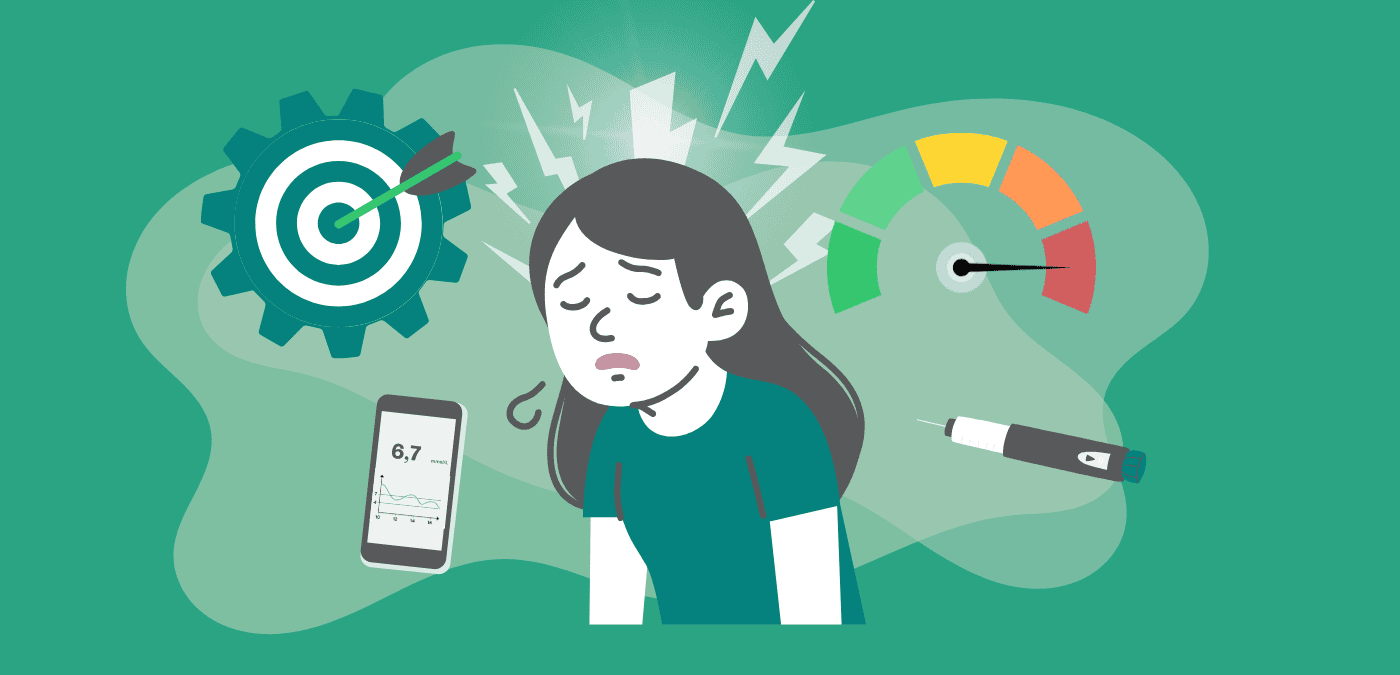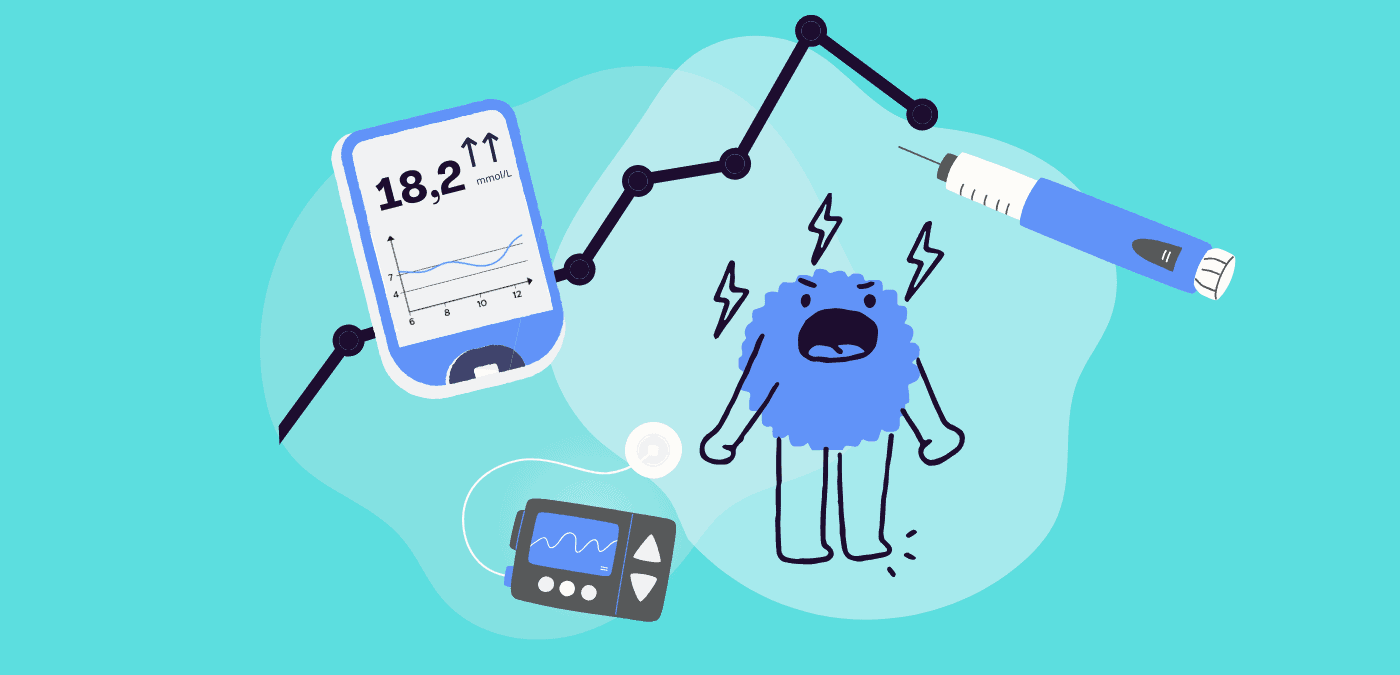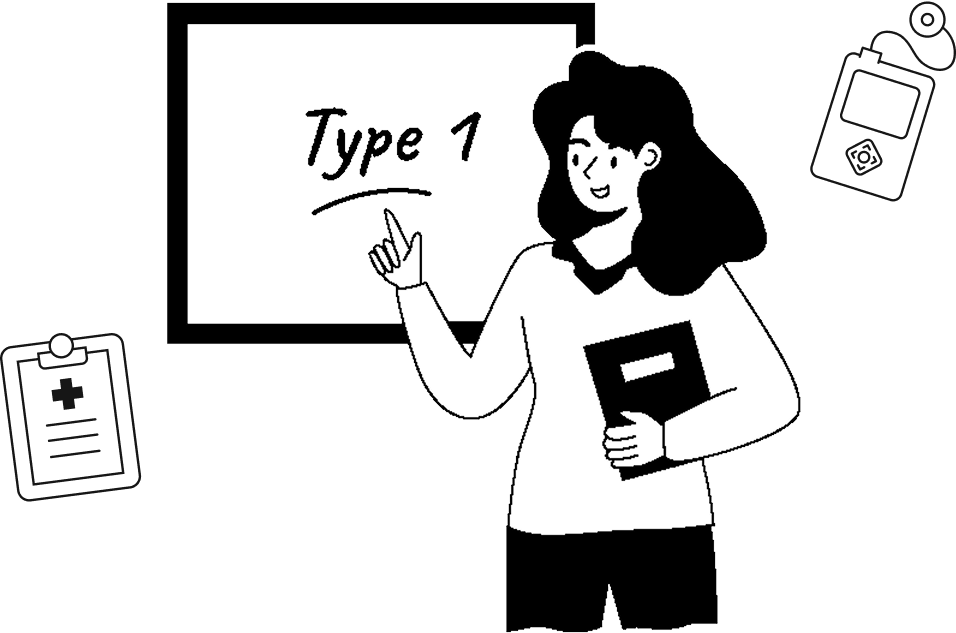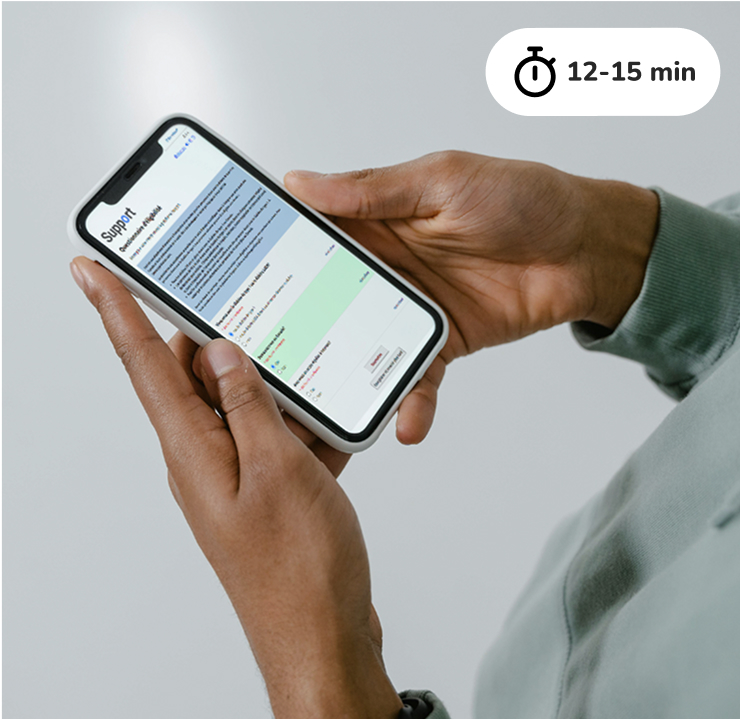Being diagnosed with type 1 diabetes or LADA is a life-changing event. You may experience an emotional shock, have lots of questions or have to change your habits: it is quite normal to feel a little bit overwhelmed.
To help you through this transition, here are five essential tips for a good head start with diabetes management and gaining confidence day after day.
1. A good understanding of your treatment is vital.
When you live with type 1 diabetes, your body no longer produces insulin, and there’s a great deal to learn about this hormone: how to inject it, how to differentiate the different types (e.g., rapid-acting, long-acting) and how to adjust doses according to what you eat, what you do and your blood sugar level. It is also essential to regularly check your blood sugar and understand how it fluctuates so you know how much insulin your body needs throughout the day.
Don’t hesitate to ask all your questions to your healthcare team: the better you understand your treatment, the easier it becomes to deal with your diabetes every day. Which type of insulin should you use? Pump or injections? Finger pricks or continuous glucose monitor? Learning what each tool does and how to use them jointly is key to managing your T1D as well as possible and achieving a fulfilling balance.
2. What and when you eat matters.
Your food intake directly impacts your blood sugar levels. At first, you might be instructed to stick with the same insulin dose and carb quantities (e.g., bread, pasta, fruit). This is only temporary, and will help you manage your blood sugar while you’re still learning how everything works.
Learning how to count carbs and manage your meals might initially seem complex, but it will be very helpful for diabetes management. Over time, you’ll have more flexibility in your food choices as you learn to adjust your insulin doses according to what you eat.
It is also often recommended to inject rapid-acting insulin 10 to 15 minutes before you eat. This allows the insulin to start working just as the glucose reaches the bloodstream, which will avoid post-meal blood sugar spikes and high blood sugar.
Ongoing studies are looking at how new technologies such as artificial pancreases can simplify carb counting, making T1D management a little easier.
3. Emotions and stress play a role.
A T1D diagnosis, whether for yourself or your child, can be emotionally difficult. Feeling stressed, anxious or frustrated is normal. Emotions can impact blood sugar and make it fluctuate without any apparent reason. The goal is to gradually learn how to best live with T1D, and not to achieve perfect results.
It is important to acknowledge these emotions and to take care of your mental health. Don’t hesitate to talk to a friend or a healthcare professional, or to join a support group.
4. Learn about all the factors that may influence your blood sugar.
Did you know that more than 40 factors can influence blood sugar levels? That’s a whole lot more than just food and insulin! Physical activity, sleep quality, stress, illness, hormonal fluctuations, outside temperatures and even some medications can all potentially affect blood sugar.
Keep in mind that some of these factors cannot be controlled and can be unpredictable. You can learn to anticipate these elements more accurately and to adjust your treatment accordingly by paying attention to how your body reacts to different elements. It will also help you not to feel guilty or incompetent when your blood sugar doesn’t behave as expected.
Don’t give up! Keep doing the best you can; this will help you better manage your diabetes day to day.
5. Don’t isolate; find support.
Type 1 diabetes is a condition you must learn to live with, whether it’s for yourself or your child. Finding support among people who face the same challenges can really make a difference. Sharing your ups and downs, whether in online groups or in your community, can help you feel more included and learn new tips and tricks to better manage your diabetes.
Type 1 diabetes is life-changing, but with time, patience and support, you can live well and peacefully. Take the time to learn, to ask questions, to listen to your body and to find support. You are not alone on this journey.
A step further: discover Support and sign up for the BETTER registry
The Support platform can help you manage T1D on the daily with articles, fact sheets, self-training videos, answers to your questions and a discussion forum for people with T1D. All adults living with T1D in Canada can create a free account and take advantage of these resources.
The BETTER registry also collects first-hand accounts of life with T1D in Canada. Whether you or your child live with diabetes, all lived experiences are valuable and can help advance research. If you want to dig deeper on different aspects of T1D, signing up also gives you access to webinars.
Written by: Sarah Haag, Clinical Nurse, B.Sc.
Reviewed by:
Rémi Rabasa-Lhoret, MD, Ph.D.
Anne-Sophie Brazeau, P.Dt., Ph.D.
Jacques Pelletier, Claude Laforest, Aude Bandini, Eve Poirier, patient partners of the BETTER project.




